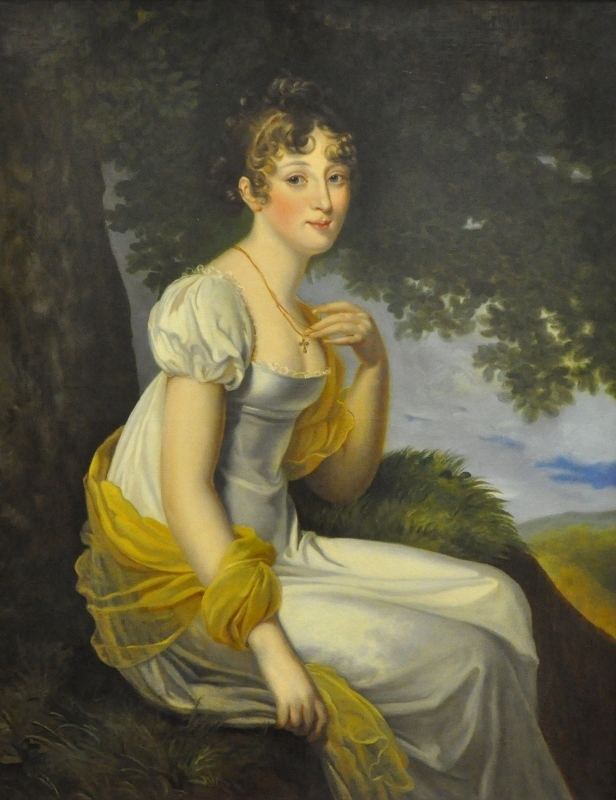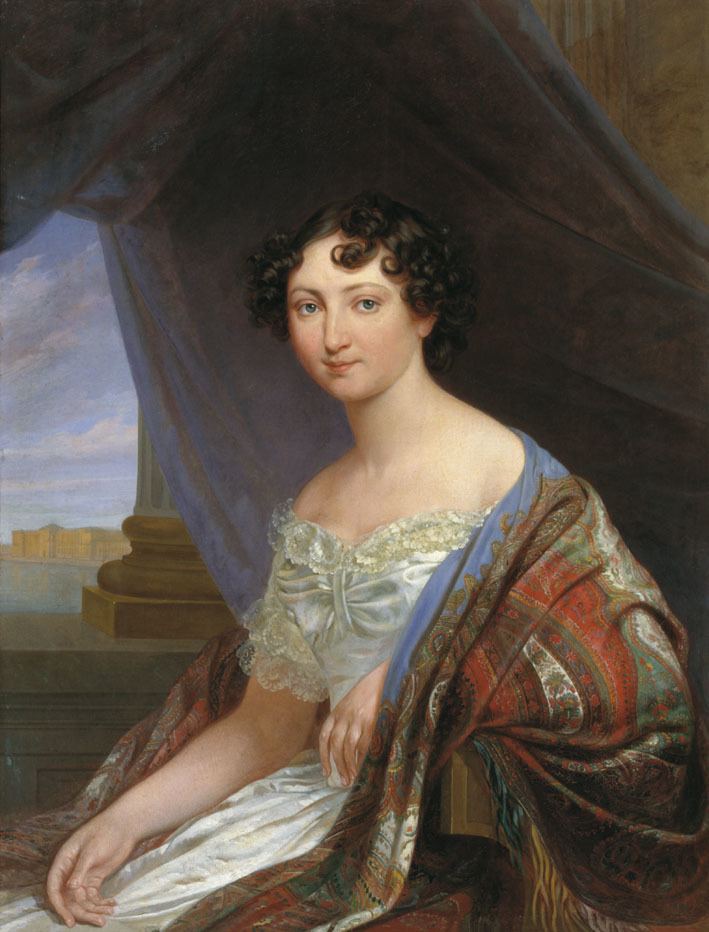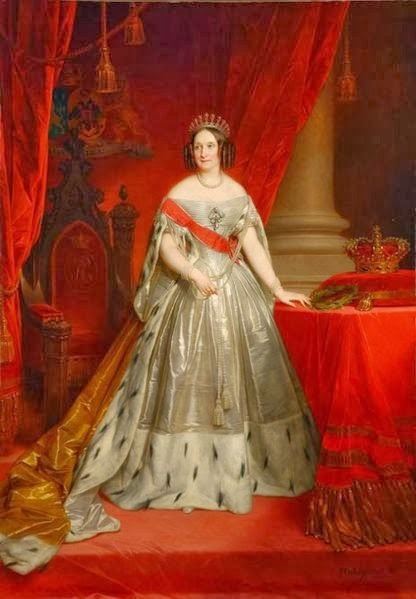Name Anna of | ||
 | ||
Tenure 7 October 1840 – 7 March 1849 Issue William III of the NetherlandsPrince AlexanderPrince HenryPrince Ernest CasimirSophie, Grand Duchess of Saxe-Weimar-Eisenach House Holstein-Gottorp-Romanov Children William III of the Netherlands Books Romanov Relations: The Private Correspondence of Tsars Alexander I, Nicholas I and the Grand Dukes Constantine and Michael with Their Sister Queen Anna Pavlovna, 1817-1855 Parents Paul I of Russia, Maria Feodorovna Similar People Paul I of Russia, Grand Duchess Alexandr, Alexander I of Russia, Grand Duke Konstanti, William II of the Netherlands | ||
Anna Pavlovna of Russia (Russian: Анна Павловна; Dutch: Anna Paulowna; 18 January 1795 — 1 March 1865) was a queen consort of the Netherlands.
Contents

Youth
She was born in 1795 at Gatchina Palace, the eighth child and sixth daughter of Paul I of Russia and Empress Maria Feodorovna (born Sophie Dorothea of Württemberg), and thus was Her Imperial Highness Grand Duchess Anna Pavlovna of Russia. Anna was raised by her mother at the summer residence of the Romanovs, Tsarskoye Selo. She spent her childhood there with her two younger brothers, Nicholas (1796-1855) and Michael (1798-1849). Anna received a broad education, including foreign languages and maths. She was good at handicrafts and painting.

In 1809, after failing to secure her elder sister Ekaterina, Emperor Napoleon I of France asked for Anna’s hand in marriage. Her mother managed to delay her reply long enough for Napoleon to lose interest and marry Archduchess Marie Louise, the eighteen-year-old daughter of the Austrian emperor.
Marriage
On 21 February 1816 at the Chapel of the Winter Palace in St Petersburg, she married the Prince of Orange, who would later become King William II of the Netherlands. The marriage had been suggested by her brother the Tsar Alexander I in 1815, as a symbol of the alliance created after the Congress of Vienna. As it had been decided that no member of the Romanov family should be forced to marry against their will, William was invited to Russia before the wedding so that Anna could get to know him and consent to marry him, which she did. At the time of their marriage, it was agreed that Prince Willem’s children should be raised as Protestants, although Anna herself remained Russian Orthodox. Alexander Pushkin celebrated the marriage in a special poem entitled To the Prince of Orange. The couple remained in Russia for one year.

Anna Pavlovna was shocked over the differences between Russia and her new home country, especially when it came to the class system and the separation between the classes, which was much less strict in the Netherlands, where the distance between royalty and the public was not as great as in Russia, and she had difficulties adjusting herself to this. The couple lived in Brussels until the Belgian revolution forced them to leave in 1830. Anna liked Brussels much more than the North, as it reminded her more of her native country. She founded a school where poor women and girls were educated in sewing (1832), and a hospital for soldiers wounded in the Belgian revolution (1830).

Her marriage was stormy. From the beginning, Anna considered herself superior in rank to William. In 1829, several pieces of her jewellery were stolen, and she suspected her spouse of stealing them, as he was at the time in debt and mixing with people she considered to be questionable. The adultery of her spouse created conflicts between them. They lived separated until 1843. Despite this, Anna continued to profess undiminished love for William. Anna also acted as a mediator between her husband and her father-in-law and tried to ease the tension between them during political conflicts. Otherwise, she was not politically active, despite her strong political convictions. As a person, she was described as intelligent, sensitive, loyal to her family and with a violent temperament. During her time in Holland, she studied the Dutch language, history and culture, and founded more than fifty orphanages.

On 7 October 1840, on the abdication of her father-in-law, William I of the Netherlands, she became queen consort of the Netherlands. She became the 343rd Dame of the Royal Order of Queen Maria Luisa on 1 February 1842.
As a queen, Anna is described as dignified, arrogant and distant towards the public. She did in fact learn to speak better Dutch than her often French-speaking spouse, but she upheld a strict etiquette and never became very popular as queen. She valued pomp, etiquette and formal ceremonies and rituals. Anna Pavlovna corresponded with her mother and brothers in Russia and treasured the memory of her birth country: she founded a Russian boys' choir, where the members were to be dressed in traditional Russian costume, and it has been said of her that she remained a Russian Grand Duchess more than she ever became Queen of the Netherlands.
As a queen dowager, Anna left the royal palace, retired from court life and lived a discreet life. She did not get along with her daughter-in-law, Sophie, who was the daughter of her sister, Catherine as she was allegedly jealous of Catherine's beauty and status as their mother's favourite child. She had plans to return to Russia after a conflict with her son, King William III, in 1855, but in the end, she did not.
Children
Anna and William II of the Netherlands had five children:
Legacy
The municipality Anna Paulowna in the Dutch province of Noord Holland is named for her.
The genus of trees Paulownia was coined by a Dutch botanist named Siebold to honour Anna Pavlovna. The common name of Paulownia tomentosa is Royal Paulownia, (also known as Empress Tree, Princess Tree, and Foxglove Tree.
